The first step to building a durable and energy-efficient home in North America, including Passive house to PHIUS standards, LEED or Net Zero Homes is knowing your climate zone. Just as we need to wear different outfits in different climates, homes need to be properly designed to meet the temperatures, humidity levels and extreme weather events of their specific climates as well.
How are climate zones divided in USA & Canada?
Using information gathered from 4,775 US weather sites, in the early 2000s, the U.S. Department of Energy’s Pacific Northwest National Laboratory created a simplified map separating North America into 8 general climate zones based primarily on temperature. It was then divided into three moisture categories designated A, B, and C. Zone A being humid, Zone B being dry, and zone C Marine, where the warmest months don’t exceed 72 °F and winter temperatures range between 27 and 65 °F.
The reason we say ‘general’ climate zones above, is that there are even micro-climates that can change conditions in even as little space as between two homes side by side.
As a personal example, I recall a neighbor of mine having to remove 3 large evergreen trees very close to his home that were keeping his home in complete shade. His home was old and poorly-insulated, so it was heavily subject to weather conditions.
His home was often musty and humid he told me, and once the trees came down and the sun was able to reach his home, he was pleasantly surprised to find it less humid and the smell gradually went away. That is an example of a micro-climate, but also an example of why there are limitations to how accurate the climate zone map can be.
And to say a climate zone is based on the temperature and humidity is not the full story; it goes beyond just how hot, cold or humid it is. Each zone has a value in ‘degree days’, which refers to an annual accumulation of heating or cooling demand.
Assuming a baseline temperature of 65°F, any climate zone will have a heat load and a cooling load based on the amount of days it is above or below that point. If, for example, the temperature remains at 50°F for a 24-hour period, that would equate to 15 heating degree days (HDD). And conversely, if the temperature were to remain at 75°F for a full 24 hour period, that would equate to15 cooling degree days (CDD).
How do I find my climate zone?
Finding your own climate zone is a fairly simple matter whether you are in the USA or Canada.
- In the US, use this site to do a search by postcode or precise location here
- In Canada, take a look at this site to do a local climate zone search here
Determining exactly which climate zone you live in is an impossibly inexact science. You will see that the lines on some climate zone maps are different than on others, and they can also indicate fairly abrupt changes from one climate to the other. Since that obviously isn’t how climates and weather patterns behave, if you fall anywhere near a climate zone boundary where it changes from one to another, have a look at a few different climate zone maps, and pay attention to the next closest climate zone and use some judgement when discussing with your local building permits office.
What are the different climate zones?
The climate regions are described below, with definitions based on average annual temperatures, heating degree days, and typical levels of annual precipitation.
Hot-Humid Climate zone
Defined as: any region that receives more than 20 inches (50 cm) of precipitation annually and where either or both of the following occur:
• 67°F (19.5°C) or above wet bulb temperature for 3,000 or more hours during the warmest six consecutive months of the year; or
• 73°F (23°C) or above wet bulb temperature for 1,500 or more hours during the warmest six consecutive months of the year.
The Building America hot-humid climate zone includes the portions of IECC zones 1, 2, and 3 that are in the moist category (A) below the “warm-humid” line shown on the IECC map.
Mixed-Humid Climate zone
Defined as: any region that receives more than 20 inches (50 cm) of annual precipitation, has approximately 5,400 heating degree days or fewer (on the 65°F basis), and where the average monthly outdoor temperature drops below 45°F (7°C) during the winter months.
The Building America mixed-humid climate zone includes the portions of IECC zones 4 and 3 in category A above the “warm / humid” line.
Hot-Dry climate zone
Defined as: any region that receives less than 20 inches (50 cm) of precipitation annually and where the monthly average outdoor temperature remains above 45°F (7°C) throughout the year.
The Building America hot-dry climate zone corresponds to the portions of IECC zones 2 and 3 in the dry category.
Mixed-Dry climate zone
Defined as: any region that receives less than 20 inches (50 cm) of precipitation annually, that has approximately 5,400 heating degree days (on the 65°F basis) or less, and where the average monthly outdoor temperature drops below 45°F (7°C) during the winter months.
The Building America mixed-dry climate zone corresponds to IECC climate zone 4B (dry).
Cold climate zone
Defined as: any region with between 5,400 and 9,000 heating degree days (on the 65°F basis).
The Building America cold climate corresponds to the IECC climate zones 5 and 6.
Very-Cold climate zone
Defined as: any region with between 9,000 and 12,600 heating degree days (on the 65°F basis).
The Building America very cold climate corresponds to IECC climate zone 7.
Subarctic climate zone
Defined as: any region with 12,600 heating degree days (on the 65° basis) or more. The only subarctic regions in the United States are in found Alaska, which is not shown in Figure 1.
The Building America subarctic climate zone corresponds to IECC climate zone 8.
Marine
Defined as: any region that meets all of the following criteria:
• A coldest month mean temperature between 27°F (-3°C) and 65°F (18°C)
• A warmest month mean of less than 72°F (22°C)
• At least 4 months with mean temperatures higher than 50°F (10°C)
• A dry season in summer.
In this zone, the month with the most precipitation in the cold season will have three times as much precipitation (or more) as the month with the least precipitation for the rest of the year.
The cold season is between October and March in the Northern Hemisphere, and it is between April and September in the Southern Hemisphere.
The Building America marine climate corresponds to those portions of IECC climate zones 3 and 4 located in the “C” moisture category.
Building America and IECC Climate Zones
The table below shows the relationship between the Building America and IECC climate zones.
|
Building America |
IECC |
|
Subarctic |
Zone 8 |
|
Very Cold |
Zone 7 |
|
Cold |
Zone 5 and 6 |
|
Mixed-Humid |
4A and 3A counties above warm-humid line |
|
Mixed-Dry |
Zone 4B |
|
Hot-Humid |
2A and 3A counties below warm-humid line |
|
Hot-Dry |
Zone 3B |
|
Marine |
All counties with a “C” moisture regime
|
Building correctly for your climate zone
Homes must be built to meet the challenges of the climate where they stand, for reasons of durability as well as energy-efficiency, health and safety.
To explain – first, the structure must meet regional code requirements for snow loads or wind loads if there are any, which are primarily based on the climate zone. Homes also need sufficient insulation of the best type and be correctly proportioned for energy-efficiency, whether they are in heating or cooling climates. And homes in any climate should be built to be airtight for reasons of durability (to prevent moist air from passing through walls), to reduce energy loss and to safeguard indoor air quality.
As for how to build the best walls for high performance homes, that will vary as much as choosing the best winter outfit will vary between Florida and Alaska. Homes in cold, humid climates require a vapor barrier on the warm side of the insulation to prevent moisture from rotting walls, whereas with air-conditioned homes in Florida, the vapor barrier goes on the outside of walls. If you assemble your wall in the wrong sequence in either climate, it will likely rot in fairly short order.
Then you need to consider the actual building lot where the new home is going. Is it south or north facing, is it surrounded by trees, and if so, are they deciduous or evergreen - as this will effect the insolation of the home - which means how much sun it will get and therefore how much passive solar gain a home can hope for.
Climate zones in USA & Canada are important when building homes
But the principles of building science remain the same in all climate zones; in relation to moisture movement though walls, and thermal dynamics (meaning how heat moves from one place to another). To better understand the basics of how to build an energy-efficient and durable home, see our building science made easy video below, based on a test home we built in the cold climate zone 6 of Quebec, Canada:
Now you know more about why building better, affordable eco homes is important in different climate zones in USA & Canada...Find more pages about sustainable and resilient green building techniques here :
Find more about green home construction in the EcoHome Green Building Guide pages or to learn more about the benefits of a free Ecohome Network Membership, see here. |


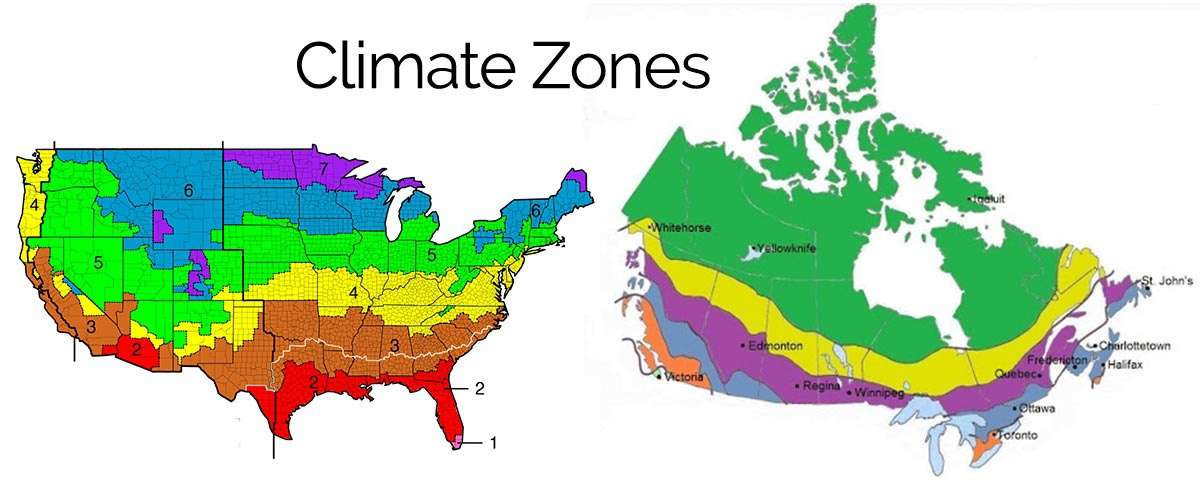















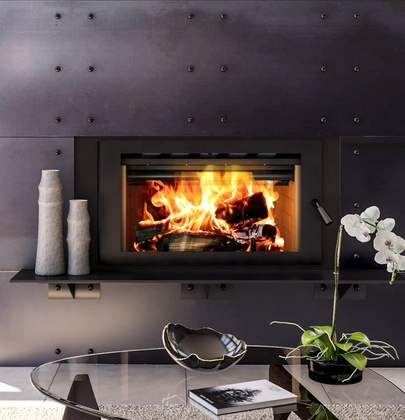

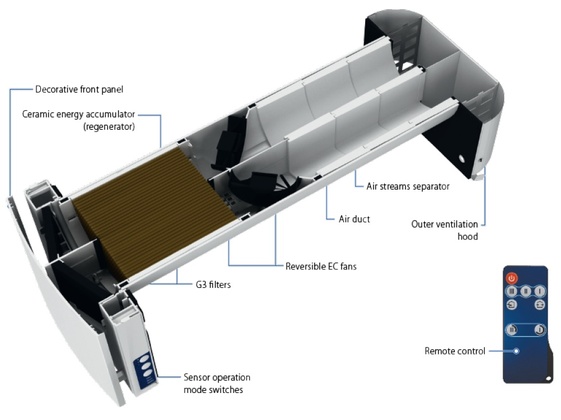

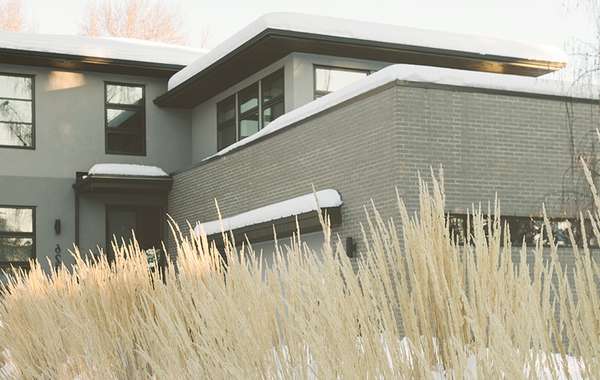
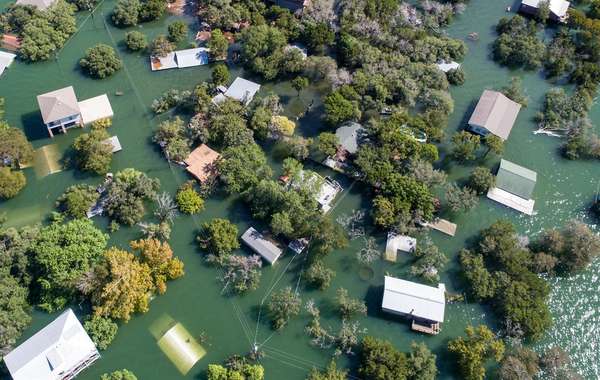
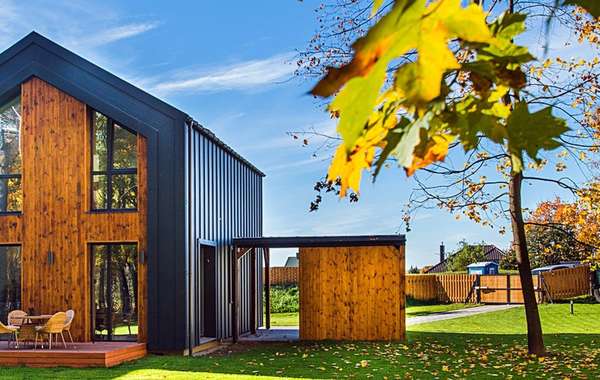
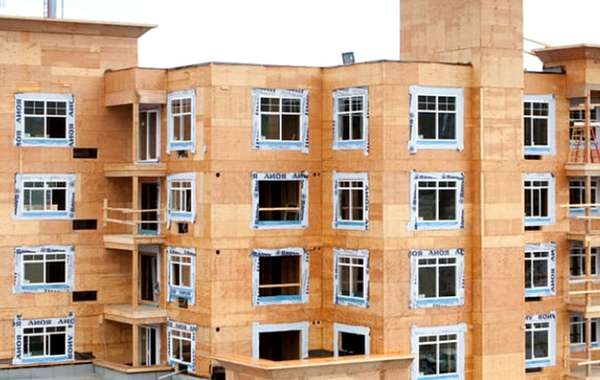
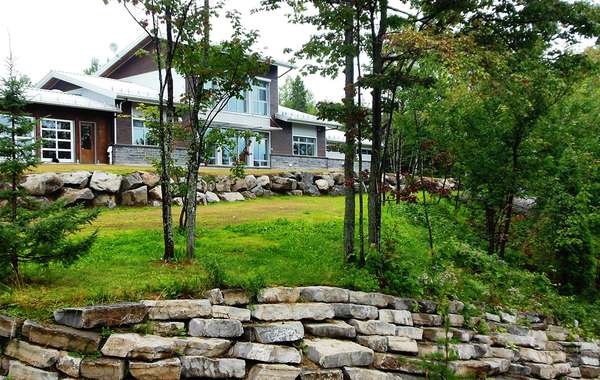
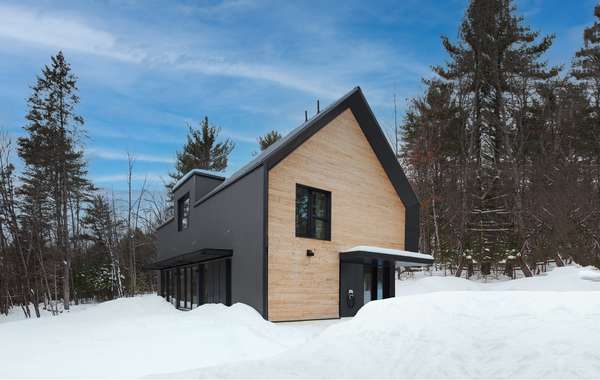
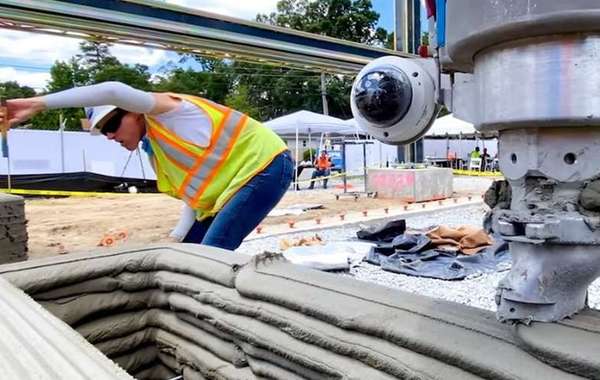
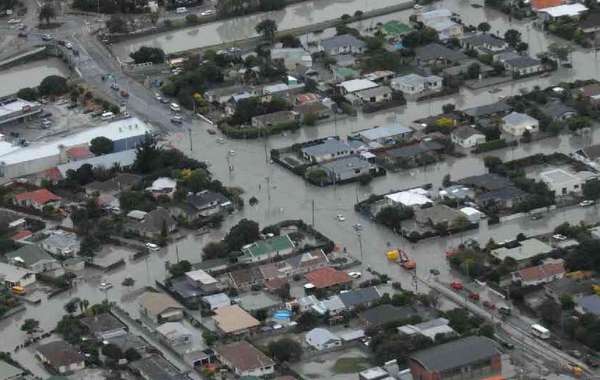



Comments (0)
Sign Up to Comment